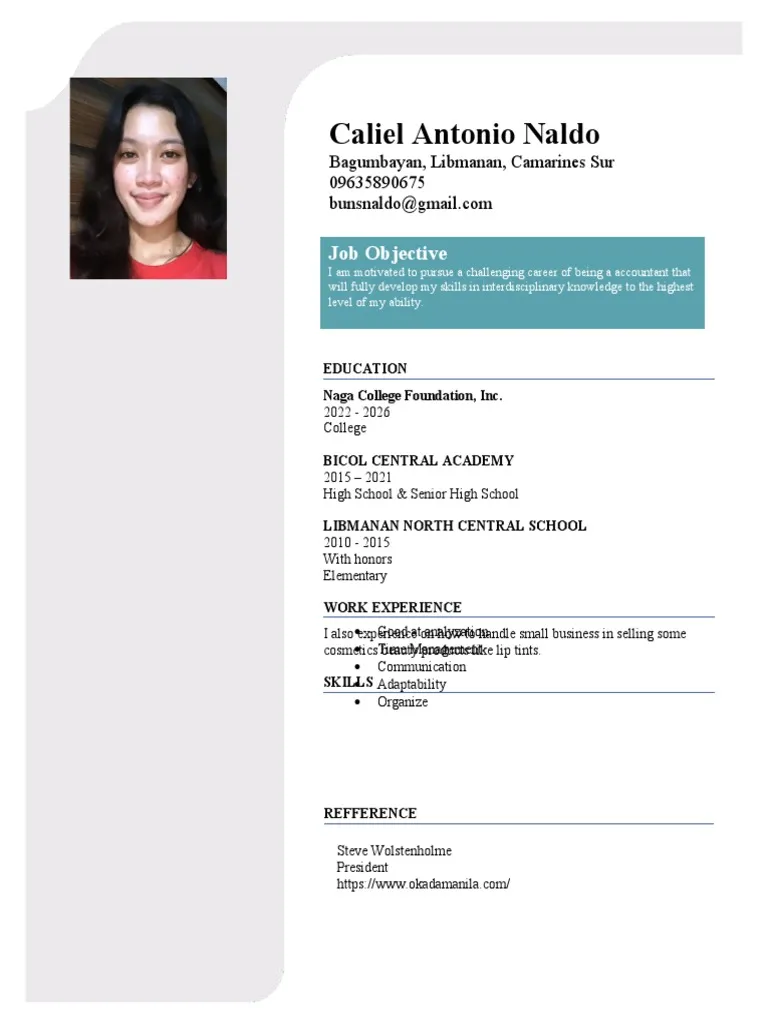Cover Letter Basics
A cover letter is a crucial document that accompanies your resume when applying for a job. It serves as your first introduction to a potential employer, providing an opportunity to showcase your personality, skills, and qualifications in a more detailed and personalized way than your resume allows. A well-crafted cover letter can significantly increase your chances of landing an interview, while a poorly written one can quickly lead to your application being overlooked. Therefore, it’s essential to understand the purpose and components of an effective cover letter.
What is a Cover Letter?
A cover letter is a one-page document you submit as part of your job application, along with your resume. It’s a formal letter that introduces you to the hiring manager, explains your interest in the position, and highlights your relevant skills and experiences. Think of it as a personalized sales pitch where you are selling yourself to the employer. It should complement your resume, providing context and depth to your qualifications. Unlike a resume, which lists facts, a cover letter allows you to explain your story, connect your experience to the job’s requirements, and express your enthusiasm for the role and company.
Why Do You Need a Cover Letter?
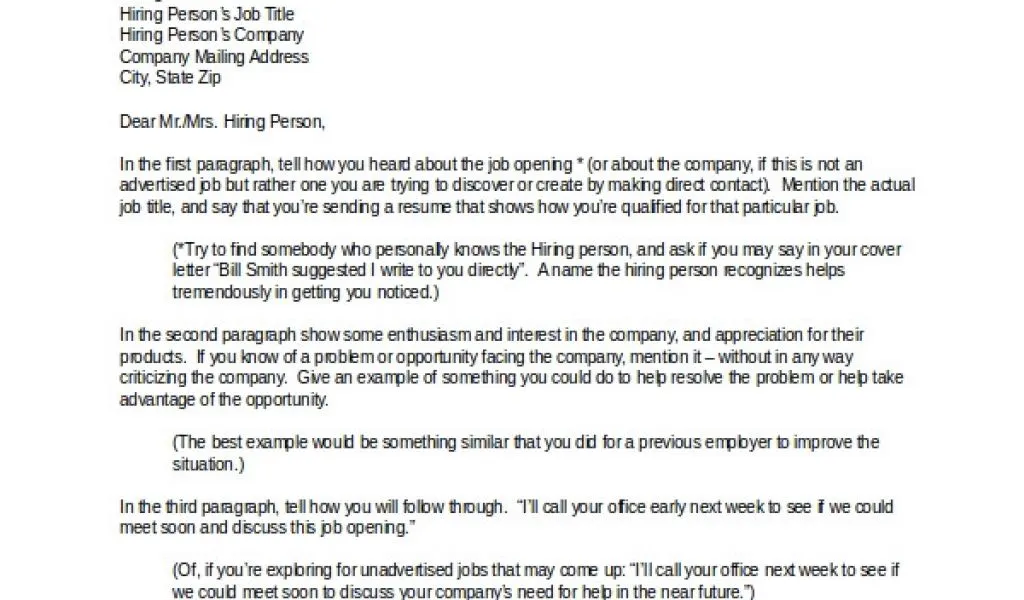
Many job seekers question the necessity of a cover letter in the digital age, especially when online applications often seem to prioritize resumes. However, a cover letter remains a powerful tool for several reasons. It demonstrates your communication skills, your attention to detail, and your genuine interest in the specific job and company. It allows you to explain any gaps in your employment history, elaborate on specific achievements, and show how your skills align with the job’s requirements. Moreover, it provides a platform to express your personality and enthusiasm, setting you apart from other candidates who may only submit a resume. In short, a well-written cover letter significantly increases your chances of getting noticed.
Essential Components of a Cover Letter
A strong cover letter comprises several key components that work together to present you as a qualified and compelling candidate. These elements work in harmony, each playing a vital role in making a strong impression. Understanding these elements is crucial for crafting a cover letter that gets results. It’s important to note that while the specifics will vary based on the job and your experience, adhering to these fundamental structures will greatly improve your chance of success.
Your Contact Information
Start your cover letter by including your contact information at the top. This should include your full name, phone number, email address, and, optionally, your LinkedIn profile URL. Make sure your contact information is easy to read and up-to-date. This is especially critical as it’s the primary way the hiring manager will contact you for an interview. Ensure the email address is professional and that your voicemail greeting is also professional, in case they call.
The Hiring Manager’s Information
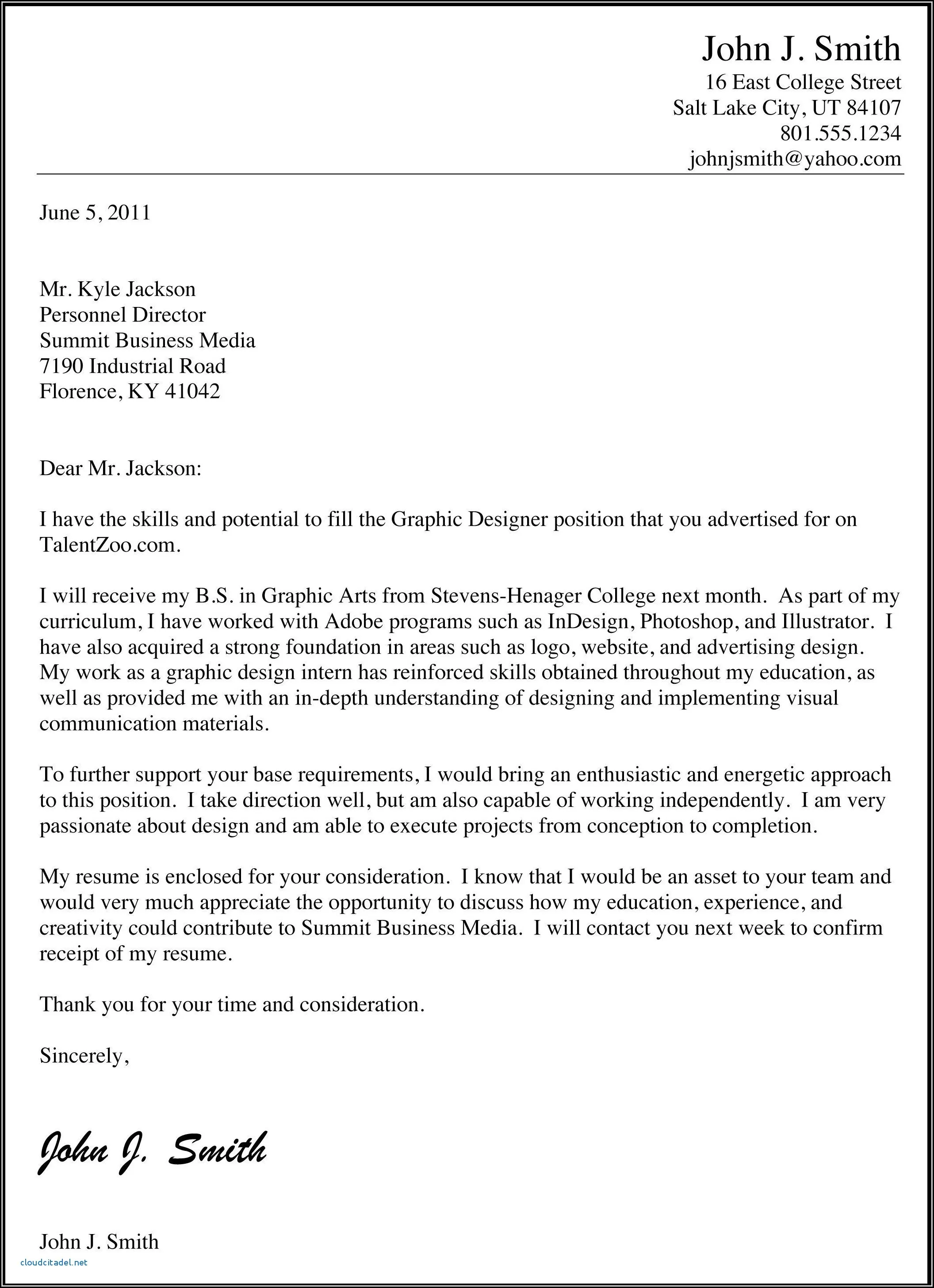
Always address your cover letter to a specific person whenever possible. Research the hiring manager’s name and title, and include their information (name, title, company name, and address) below your contact information. Addressing the letter to a specific person shows that you’ve taken the time to research the company and the role, which can make a positive impression. If you can’t find a specific name, ‘Dear Hiring Manager’ is a common and acceptable alternative, but personalizing it is always preferable.
A Compelling Introduction
The introduction should immediately grab the reader’s attention and state your purpose for writing. Briefly mention the position you’re applying for and where you found the job posting. Express your enthusiasm for the role and the company. You might also include a brief statement about why you are the perfect fit, highlighting a key skill or achievement that aligns with the job’s requirements. The opening paragraph is your first chance to make a strong impression, so make it count.
Highlighting Your Key Skills and Experiences
In the body of your cover letter, provide specific examples that demonstrate your relevant skills and experiences. Instead of simply listing your responsibilities, quantify your achievements with numbers or data to show your impact. Tailor this section to the specific requirements of the job description, emphasizing how your qualifications align with the company’s needs. Use action verbs to describe your accomplishments, and focus on the benefits you can bring to the employer, rather than just listing your past job duties.
Tailoring Your Cover Letter to the Job
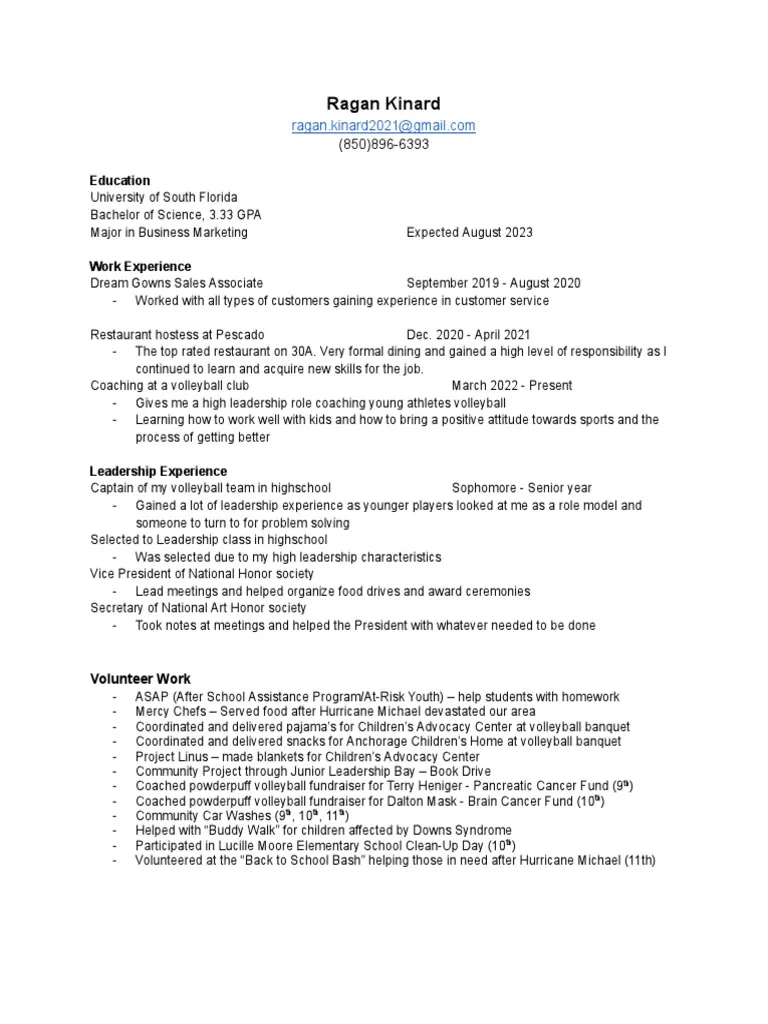
Customizing your cover letter for each job application is a critical step. Generic cover letters are easily recognizable and can give the impression that you are not genuinely interested in the role. Instead, carefully review the job description and identify the key skills and qualifications the employer is seeking. Then, highlight your relevant experiences and accomplishments that align with these requirements. Use the same keywords and phrases from the job description to demonstrate that you understand the role and what the company is looking for. This personalization shows that you have taken the time to understand the specific needs of the employer.
Quantifying Your Achievements
Instead of simply stating what you did in previous roles, quantify your accomplishments whenever possible. Use numbers, percentages, or specific data to demonstrate your impact and value. For example, instead of saying ‘Improved customer satisfaction,’ you could write ‘Increased customer satisfaction by 20% through implementing a new feedback system.’ Quantifying your achievements provides concrete evidence of your capabilities and makes your cover letter more persuasive and impactful.
Expressing Your Enthusiasm
Throughout your cover letter, express your genuine enthusiasm for the role and the company. Show that you have researched the company, understand its mission, and are excited about the opportunity to contribute to its success. This can be done by mentioning specific projects, values, or initiatives that resonate with you. Showing enthusiasm makes you more memorable and demonstrates your passion for the job, setting you apart from candidates who may seem indifferent.
A Strong Call to Action
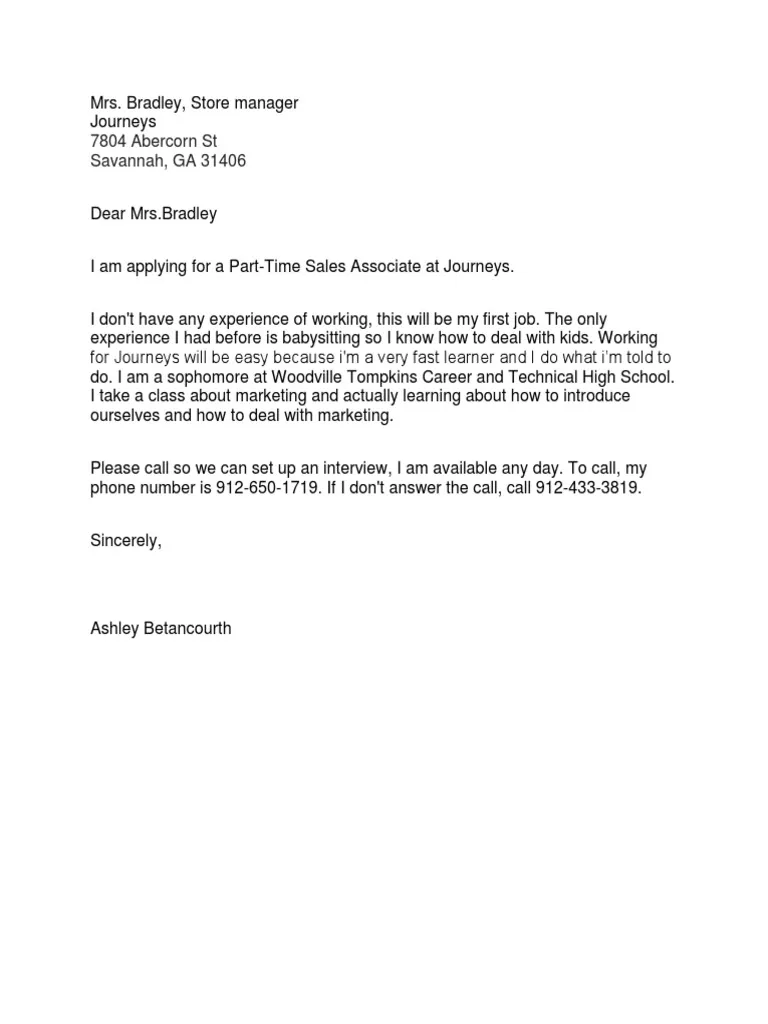
End your cover letter with a strong call to action. Reiterate your interest in the position and express your eagerness to discuss your qualifications further. Thank the hiring manager for their time and consideration. Include a clear statement about how you can be contacted for an interview. Also, politely indicate your availability for an interview. A well-defined call to action encourages the hiring manager to take the next step and move your application forward.
Formatting Your Cover Letter for PDF
Converting your cover letter to a PDF file is highly recommended. PDFs preserve the formatting, ensuring that your document looks the same on any device. Also, it prevents any unintentional changes that may occur if the document is opened in a different word processing program. Additionally, PDFs are generally considered more professional and secure, making them the preferred format for submitting cover letters with your resume.
Choosing the Right Font and Font Size
Select a professional and readable font such as Times New Roman, Arial, Calibri, or Helvetica. Keep the font size between 10 and 12 points to ensure readability without overwhelming the page. Maintain consistency in your font choice throughout the entire cover letter for a polished look. A well-chosen font enhances the overall aesthetic appeal of your document. This attention to detail shows that you value professionalism and that you’ve put careful thought into every element of your application.
Margins and Spacing Guidelines
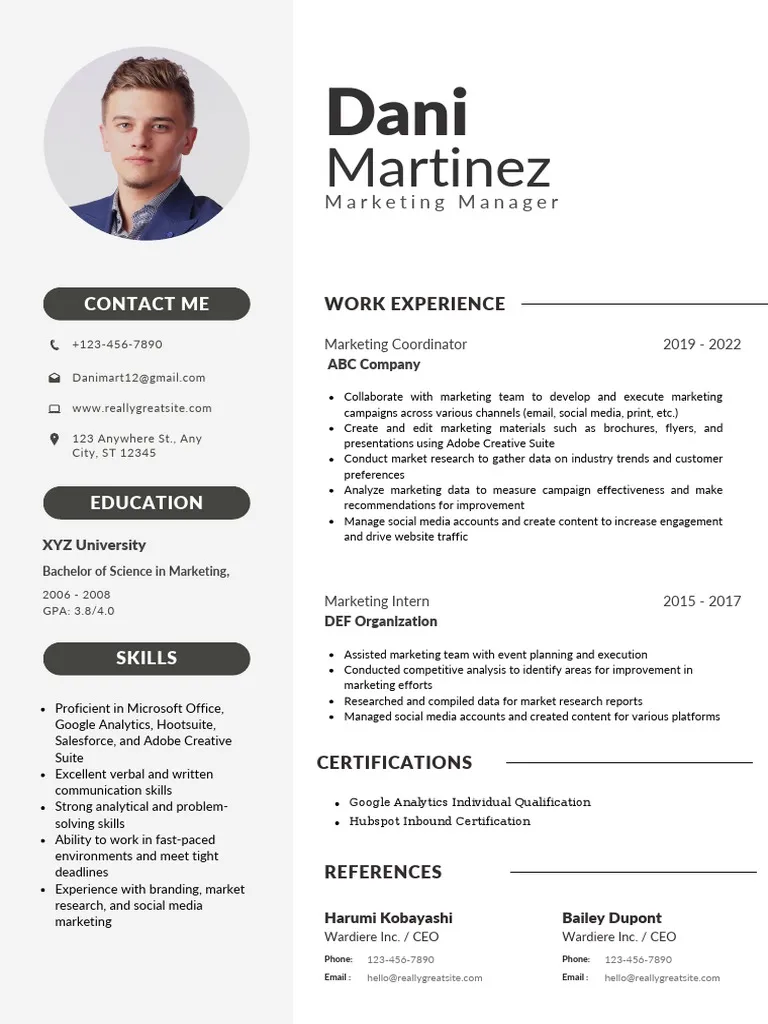
Set standard margins of 1 inch on all sides of the document. Use single spacing within paragraphs and double spacing between paragraphs. These formatting guidelines create a clean and organized look that is easy to read. Proper spacing helps the hiring manager quickly scan the information and grasp the key points of your letter. A well-formatted cover letter is a sign of professionalism and attention to detail.
Saving Your Cover Letter as a PDF
Once you have finished writing and formatting your cover letter, save it as a PDF file. In most word processing programs, you can select ‘Save As’ and choose ‘PDF’ from the file type options. Name your file using your name and the job title (e.g., ‘JohnDoe_CoverLetter_MarketingManager.pdf’) for easy identification. This helps keep your document secure and ensures that the layout and formatting remain consistent across all devices and operating systems.
Common Mistakes to Avoid
Avoiding common mistakes can significantly improve the effectiveness of your cover letter. These errors can undermine your qualifications and negatively impact your chances of getting an interview. Recognizing and correcting these mistakes will significantly improve your chances of making a positive first impression.
Generic Cover Letters
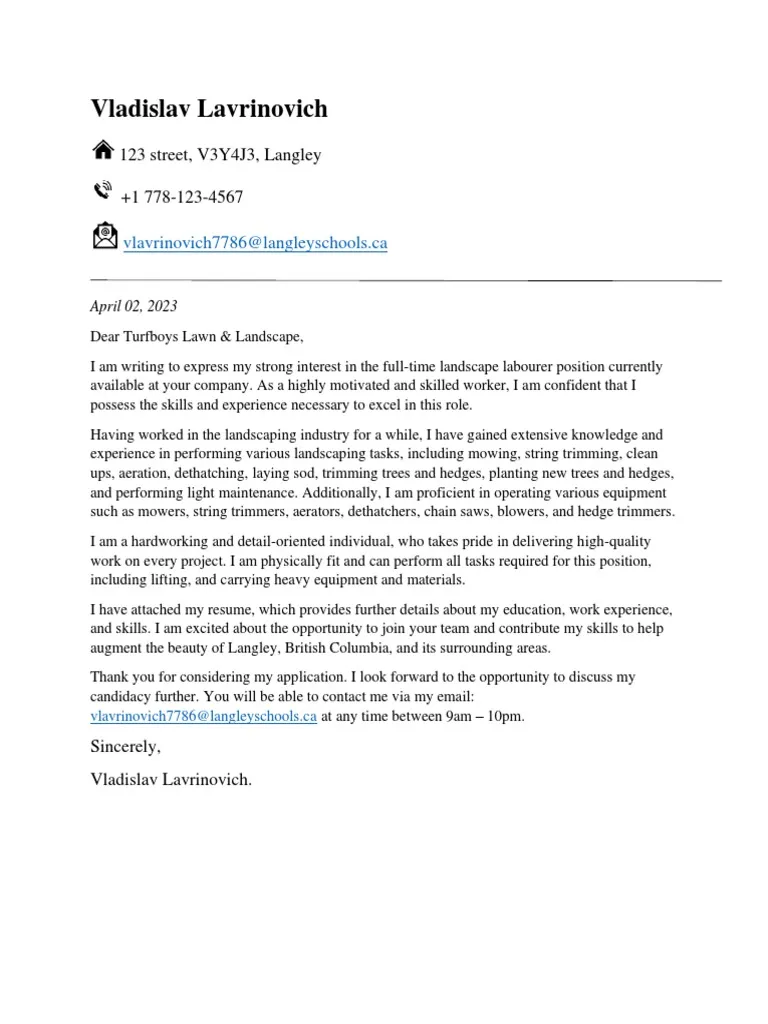
Submitting a generic cover letter is one of the most significant mistakes you can make. A generic cover letter is a template that is not tailored to the specific job or company. It lacks personalization and fails to demonstrate your genuine interest in the role. Hiring managers can easily spot generic letters, which often end up in the rejection pile. Always customize your cover letter to align with the job description and the company’s specific needs and values to create a more meaningful application.
Typos and Grammatical Errors
Typos and grammatical errors can undermine your credibility and make you appear unprofessional. Proofread your cover letter carefully before submitting it, and consider asking a friend or colleague to review it as well. Poorly written cover letters indicate a lack of attention to detail and can lead to the impression that you are careless or not invested in the application. Double-check all the details like names and contact information to avoid making these costly mistakes.
Ignoring the Job Description
Failing to align your cover letter with the job description is a missed opportunity. The job description provides valuable insights into the skills, experiences, and qualifications the employer is seeking. Make sure to carefully review the job description and use it as a guide when writing your cover letter. Emphasize the skills and experiences that directly relate to the job requirements. Ignoring the job description implies a lack of understanding of the role, making your application less relevant.
Using Outdated Information
Using outdated information, such as an old contact email or an incorrect job title, can create a negative impression. Always make sure that all the information in your cover letter is current and accurate. Review your contact details, previous job titles, and the names of the hiring manager or company. Outdated information conveys a lack of attention to detail and could be seen as a sign of disinterest in the opportunity. This could lead to your application being disregarded by the hiring team.
Cover Letter Sample Example
Here is an example of a cover letter that you can use to create your own, demonstrating how to incorporate the elements discussed above. This example is designed to be a template, allowing you to adapt it to your needs.
Sample Cover Letter for a Specific Role
Here is another example of a cover letter tailored for a specific role. Tailoring the letter to match the role of the potential job, shows initiative and allows the hiring manager to see what you can bring to the table.
Sample Cover Letter for Recent Graduates
A recent graduate’s cover letter can focus on academic achievements, relevant internships, and any extracurricular activities that demonstrate skills and experience. The main goal is to highlight how education and other experiences are directly relevant to the target job.
Sample Cover Letter with No Experience
If you have little or no professional experience, focus on transferable skills, volunteer work, or academic projects that are relevant to the job. Highlight your enthusiasm and willingness to learn. The goal is to showcase the potential to grow, learn, and become a valuable asset.
Tips for Success
Crafting an effective cover letter requires careful planning and execution. Here are some key tips that can significantly increase your chances of success.
Proofread Carefully
Always proofread your cover letter multiple times. Typos, grammatical errors, and formatting issues can make a negative impression on the hiring manager. Review every word, sentence, and detail, and consider reading your letter aloud to catch any errors that you might have missed. The more carefully you review your cover letter, the better your chances of making a positive first impression.
Get Feedback
Ask a friend, family member, career counselor, or mentor to review your cover letter. A fresh pair of eyes can catch errors or suggest improvements that you might have missed. They can also provide valuable feedback on the clarity, tone, and overall effectiveness of your letter. External feedback is essential for ensuring your cover letter effectively conveys your qualifications and enthusiasm.
Follow Up
If you haven’t heard back from the employer within a reasonable timeframe (usually one to two weeks), follow up with a brief email or phone call. Express your continued interest in the position and reiterate your qualifications. Following up demonstrates your proactive approach and commitment to the opportunity, but don’t be overly persistent, as this might be off-putting.
